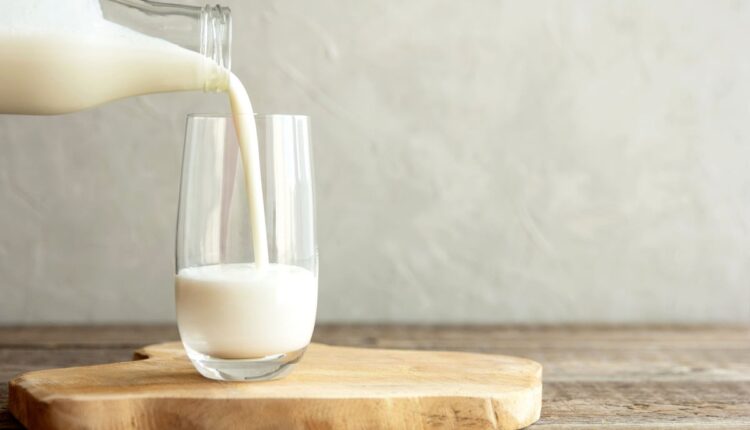New smartphone sensor developed to detect spoiled milk
Researchers at the University of New South Wales (UNSW) School of Computer Science and Engineering have developed a smartphone sensor that can detect if milk is fresh or spoiled.
Named VibMilk, the technology uses a smartphone’s vibration motor and inertial measurement unit (IMU) to assess milk freshness without needing to open the package.
The UN’s Food and Agriculture Organisation has estimated 20 per cent of dairy products are wasted globally each year – and much of this is made up of wasted milk.
Additionally, a lot of food-borne illnesses have been linked to the intake of spoiled dairy products.
VibMilk allows for real-time detection of whether milk is safe to consume, using a device that many people already own, and has the potential to reduce food waste and improve food safety.
Professor Wen Hu from UNSW Computer Science and Engineering leads the team behind the technology.
“You can smell or taste if milk is off, but that requires opening the package. Doing so exposes it to bacteria, and that accelerates spoilage. VibMilk is non-invasive, which means you can test the freshness of the milk without breaking the seal,” he says.
The new technology detects spoiled milk by measuring changes caused by bacteria growth. As milk spoils, bacteria raise lactate levels and lower glucose levels, altering its physical properties such as density and viscosity.
VibMilk uses a smartphone’s IMU sensor to capture vibration signals from its motor and applies machine learning algorithms to analyse these signals, classifying the spoilage of milk at 23 different pH levels.
Testing on four common smartphones showed that VibMilk can predict the pH values of milk with an average accuracy of 98.35 per cent and achieved a 100 per cent accuracy for indicating fresh milk.
Use-by dates on milk packaging aren’t always accurate, according to Professor Hu. He explains that these dates are based on assumptions about storage conditions, meaning milk could be safe to consume a few days past the date if kept properly, or it could spoil earlier.
He believes consumers should be able to test milk around or just past its use-by date to make informed choices, which could help reduce waste.
To advance their technology, the team plans to explore how different packaging materials affect vibration signals. While their current methods show promise, they can’t guarantee consistent results with products from other manufacturers.
Therefore, they aim to collaborate with more companies before widespread adoption. Additionally, they are working with a milk manufacturer in New South Wales to develop a reliable method for quality-checking thousands of bottles during production.
In this factory setting, they will use more advanced, non-invasive sensors to measure the milk’s pH values before it reaches stores.
Source: Bean Scene Mag



